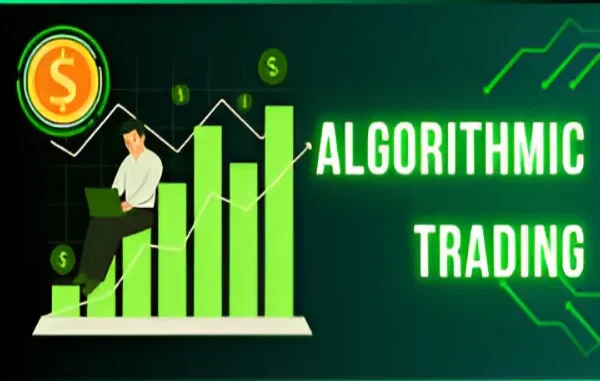
Recent data from major forex exchanges indicates that algorithmic trading now accounts for over 80% of daily currency trading volume, representing a fundamental shift in how global currency markets operate. This transformation has created new opportunities and challenges for traders seeking to implement automated trading systems.
Professional traders exploring automated solutions must carefully evaluate various forex algo trading strategies to identify approaches that align with their risk tolerance and operational capabilities. The increasing sophistication of trading algorithms has made strategy selection and implementation crucial factors in trading success.
The Rise of Algorithmic Trading

The forex market’s evolution toward algorithmic trading reflects broader technological advancement in financial markets. Traditional manual trading approaches have given way to sophisticated automated systems capable of analyzing vast amounts of market data and executing trades with precision impossible for human traders.
Market statistics demonstrate that successful algorithmic trading operations typically process thousands of data points per second, analyzing multiple currency pairs across different timeframes simultaneously. This capability has fundamentally changed market dynamics, making algorithmic trading proficiency essential for competitive trading operations.
Core Components of Algorithmic Strategies
Modern trading algorithms incorporate multiple technical elements that work together to identify and execute trading opportunities. These systems typically combine trend analysis, momentum indicators, and volatility measurements with sophisticated risk management protocols.
Essential components of professional algorithmic systems include:
– Real-time market data processing
– Statistical analysis frameworks
– Position sizing algorithms
– Risk management protocols
– Execution optimization logic
These elements must work in harmony to create reliable trading outcomes across varying market conditions.
Implementation Case Studies
Consider a systematic trading operation implementing a mean reversion strategy across major currency pairs. The algorithm monitors price deviations from calculated averages, executing trades when specific statistical criteria are met. Such systems might process hundreds of calculations per second, requiring robust infrastructure and optimization.
One documented implementation achieved a 40% reduction in adverse selection by incorporating machine learning algorithms that adapted entry and exit criteria based on changing market conditions. This improvement demonstrated the potential benefits of advanced algorithmic approaches when properly implemented.
Performance Optimization Protocols
Successful algorithmic trading requires continuous monitoring and optimization of strategy performance. Professional traders implement comprehensive testing frameworks to evaluate strategy effectiveness across different market conditions and time periods.
Key performance metrics typically monitored include:
– Risk-adjusted returns
– Maximum drawdown statistics
– Sharpe and Sortino ratios
– Win rate and profit factor
– Strategy correlation metrics
Regular analysis of these measures helps maintain strategy effectiveness and guides necessary adjustments.
Future Trends in Algorithmic Trading
The algorithmic trading landscape continues to evolve with technological advancement. Artificial intelligence and machine learning are increasingly integrated into trading systems, enabling more sophisticated analysis and adaptation to market conditions.
Quantum computing developments promise to revolutionize algorithmic trading capabilities, potentially enabling complex calculations that are currently impossible. These advancements suggest that algorithmic trading will become increasingly sophisticated and essential for competitive trading operations.
The successful implementation of algorithmic trading strategies requires careful consideration of multiple factors, from technical infrastructure to risk management protocols. Traders who understand and effectively implement these systems position themselves advantageously in modern markets.
As forex markets continue to evolve, the importance of sophisticated algorithmic trading strategies will only increase. Those who master these approaches, while maintaining robust risk management and infrastructure support, establish strong foundations for sustained trading success. The future belongs to traders who can effectively combine technological sophistication with sound trading principles in their algorithmic operations.
The convergence of advanced technology and financial markets has created new opportunities for traders who properly implement algorithmic strategies. Success requires careful attention to system design, implementation, and ongoing optimization. Those who master these elements position themselves to compete effectively in the increasingly automated forex trading environment.






Leave a Reply